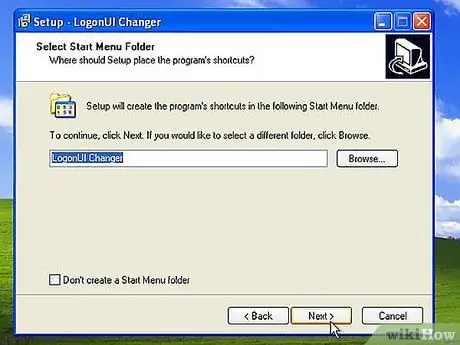- Author Jason Gerald [email protected].
- Public 2024-01-11 03:37.
- Last modified 2025-01-23 12:04.
As a Windows user, you are probably familiar with the blue logon screen that appears every time your computer starts up. If you run a business and want all the computers used by your staff to look more professional, or you want a more attractive login screen than usual, you can replace it, making it have a more aesthetic and professional appeal.
Step
Method 1 of 4: Changing the Login Screen in Windows 8
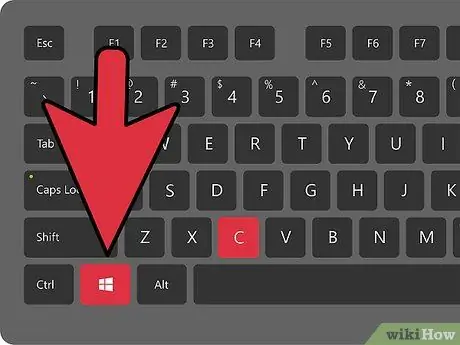
Step 1. Press Windows+C on your keyboard to open the Charms Bar, then click Settings
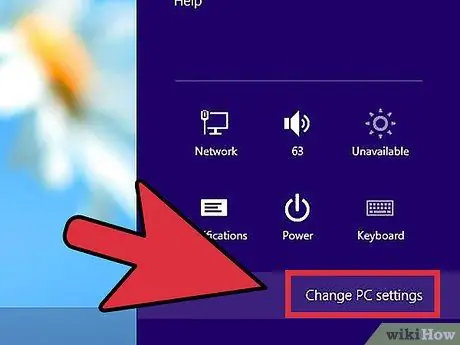
Step 2. Click Change PC Settings
Then click Personalize on the left.
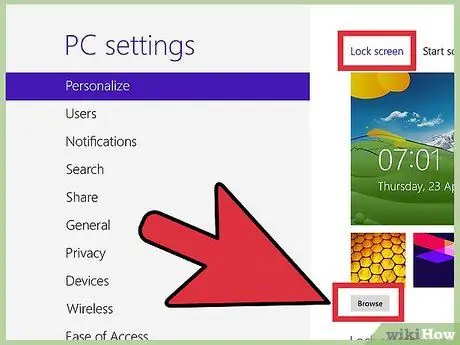
Step 3. In the right pane, click Lock screen and then Browse to find the desired image
Once you find the image you want, highlight the file by clicking on it, then click Choose Picture in the bottom right corner. The image you selected will now appear on the lock screen.
- Since Windows 8 re-visualizes previous versions of Windows, the closest thing to the login screen in Windows 8 is the lock screen.
- You can also partially tweak the appearance of the home screen by clicking Start Screen instead of Lock screen.
Method 2 of 4: Changing Login screen in Windows 7 and Vista
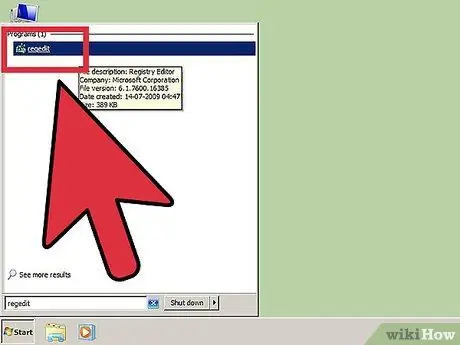
Step 1. Click the Start button and go to the search bar
Search for "regedit.exe" and click it when it appears in the search results.
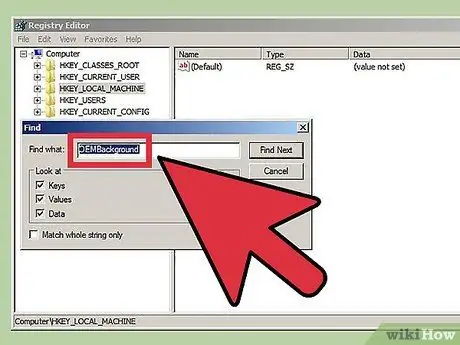
Step 2. Locate the "OEMBackground" file
- Click "HKEY_LOCAL_MACHINE".
- Click Edit in the top bar of the window.
- Click Find.
- Type "OEMBackground" and click Next. The Registry will look for this file and open the directory in the right pane.
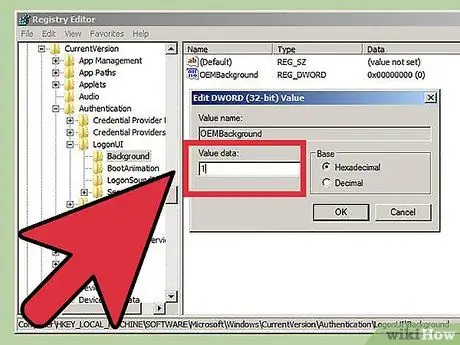
Step 3. Double click on the file that says "OEMBackground"
Under "Value data", change "0" to "1". Click OK.
If you've ever changed your computer's theme, the original background might appear because the default value for that theme might be 0. You'll need to repeat these steps after changing your theme to be able to customize your login screen again
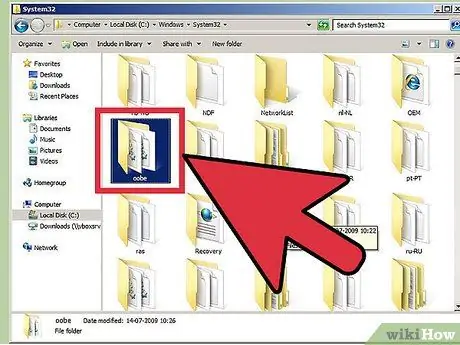
Step 4. Browse the file system again by following these steps:
- Click Start then Computer.
- Double click "(C:)".
- Double click on "Windows".
- Double click on "System32".
- Double click on "oobe".
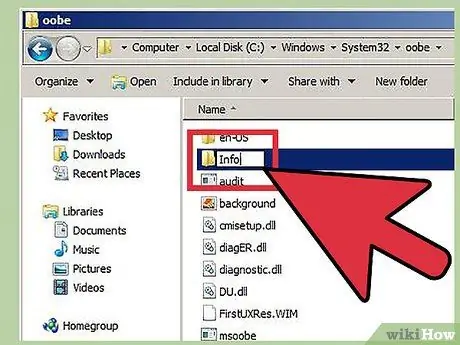
Step 5. Create a new directory in "oobe"
Name it "Info".
To do this, right-click inside oobe and see the drop-down list that appears. Look at the bottom with the words New. Hover over New to see a new drop-down list. Click Folder from the new list, then type Info into the new directory that appears

Step 6. Open the info by double-clicking it, then create a new directory following the steps in Step 5
Name it "Backgrounds".

Step 7. Copy the image you want then paste it into this directory
- To copy an image, simply right-click it and click copy from the list that appears.
- To paste an image, right-click it in the "Backgrounds" directory, then click paste from the list that appears.
- Note that the image size does not exceed 256 KB, and the format is.jpg. This image is best viewed if the resolution is the same as your monitor.
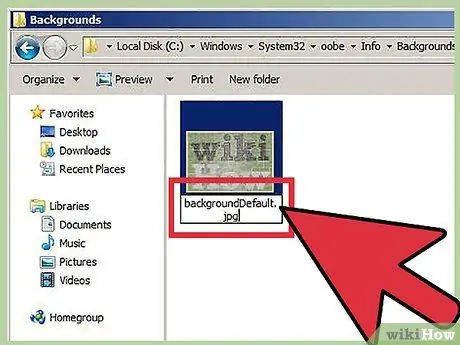
Step 8. Right click the image and click rename from the list
Then type "backgroundDefault.jpg" to name the image. Your changes will now take effect. If you press "Win+L" key, you will see the new Logon photo.
Troubleshooting in Windows 7
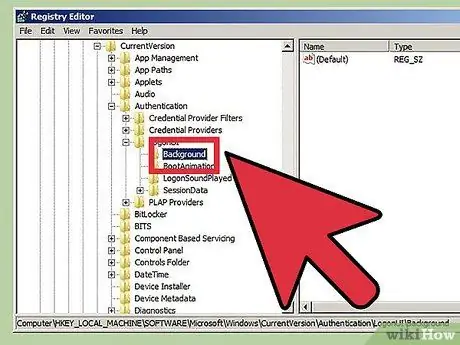
Step 1. If your search doesn't find an "OEMBackground" file, you'll need to create one
Search for the program "regedit.exe" by following these steps in Windows 7:
- Click "HKEY_LOCAL_MACHINE".
- Click "SOFTWARE".
- Click "Microsoft".
- Click "Windows".
- Click "CurrentVersion".
- Click "Authentication".
- Click "LogonUI".
- Click "Background".
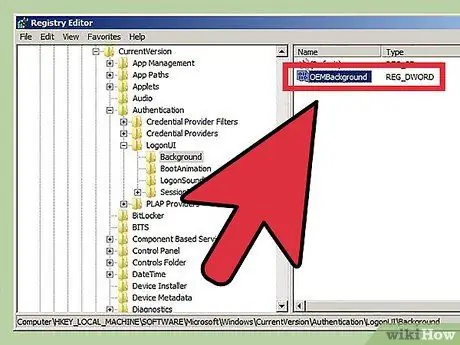
Step 2. Create a new DWORD file
Right click in the right pane. The New option will appear. Hover the mouse over it to bring up another drop-down list. Click DWORD to create an OEMBackground file.
Method 3 of 4: Changing the Login Screen in Windows XP
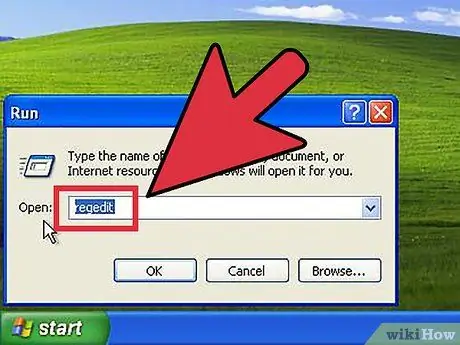
Step 1. Click Start, then click Run and type "regedit"
Click OK.
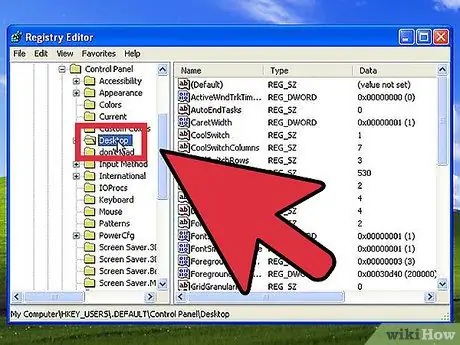
Step 2. Browse the left pane by double-clicking the following directory:
- Click "HKEY_USERS".
- Click "DEFAULT".
- Click "Control Panel".
- Click "Desktop".
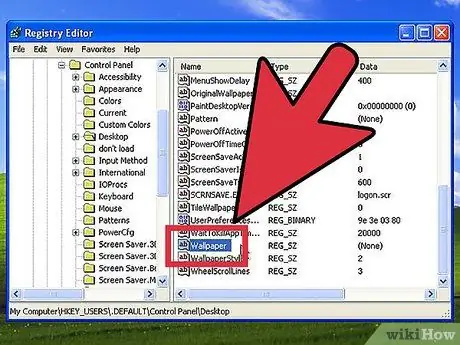
Step 3. In the right pane, double-click the file named "Wallpaper"
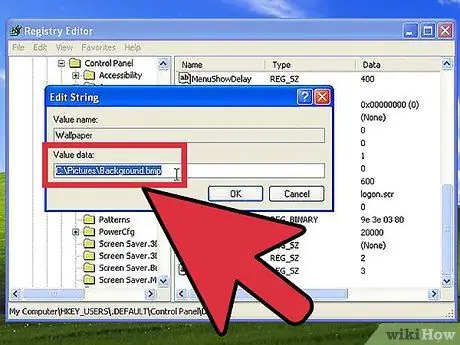
Step 4. Enter the location of the image you want to display as the login screen in the Value data box
For example, if the pictures are in the "Pictures" directory, the path might be "C:\Users\Public\Pictures\background.bmp". Close the registry to apply the changes.
- Images must be in. BMP format.
- If you want to grid the images, set "TileWallPaper" to 1.
- If you want to stretch the image, set "WallpaperStyle" to 2.
Method 4 of 4: Using Third Party Apps
There are many paid apps and programs that can easily change the login screen through the program's interface. This method is easier than having to browse the Windows registry.
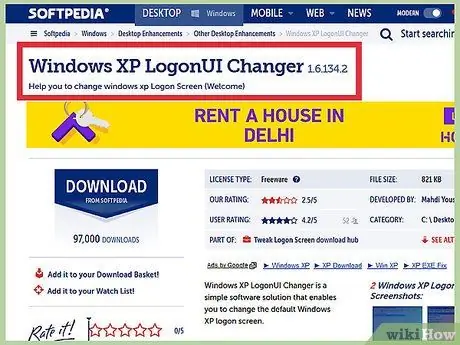
Step 1. Find a program that is compatible with Windows XP
- Windows XP LogonUI Changer is free, can import photos to randomly display photos for login screen.
- Logon Studio is also free and comes with 30 predefined images. With this program you can further customize the login screen, but its use may be more difficult for the layman.
- Logon Screen Changer is also free and allows you to use your own images. The instructions are self-explanatory, but there are quite a few steps to customizing the login screen.
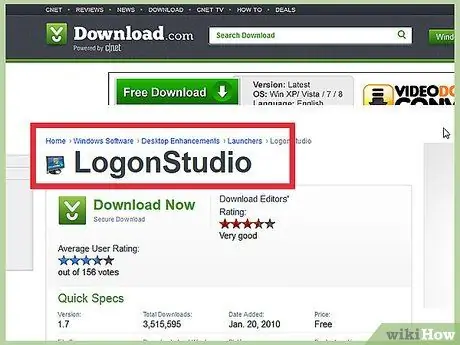
Step 2. Find a program that is compatible with Windows Vista
- Reportedly, Logon Studio is also compatible with Windows Vista and the most widely used for Vista.
- Logon Changer Pro is compatible with Vista and Windows 7. This program is also free, it can resize and optimize photos. You can also review the image before applying the changes.
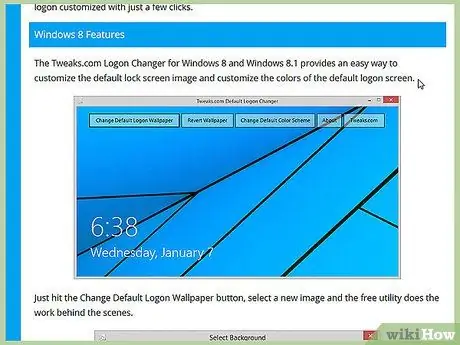
Step 3. Look for programs that are compatible with Windows 7
- Tweaks.com Logon Changer for Windows 7 is a free program with a very clean design and easy to use. The program also supports resizing images with backups of previously used images.
- Windows 7 Logon Background Changer is free and works with various versions of Windows 7. The interface is very attractive, but your computer must use a graphics card that can handle 3D animation.
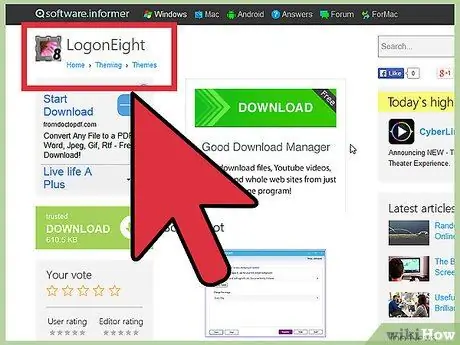
Step 4. Look for a program that is compatible with Windows 8
- LogonEight is a free program that allows you to display photos randomly.
- The Chameleon program offered through the Windows store provides a unique way of customizing the login/lock screen. This program collects images from around the web (from pictures of the day to image searches) and displays them as lock screens, absolutely free. You can also choose how often the image changes.
